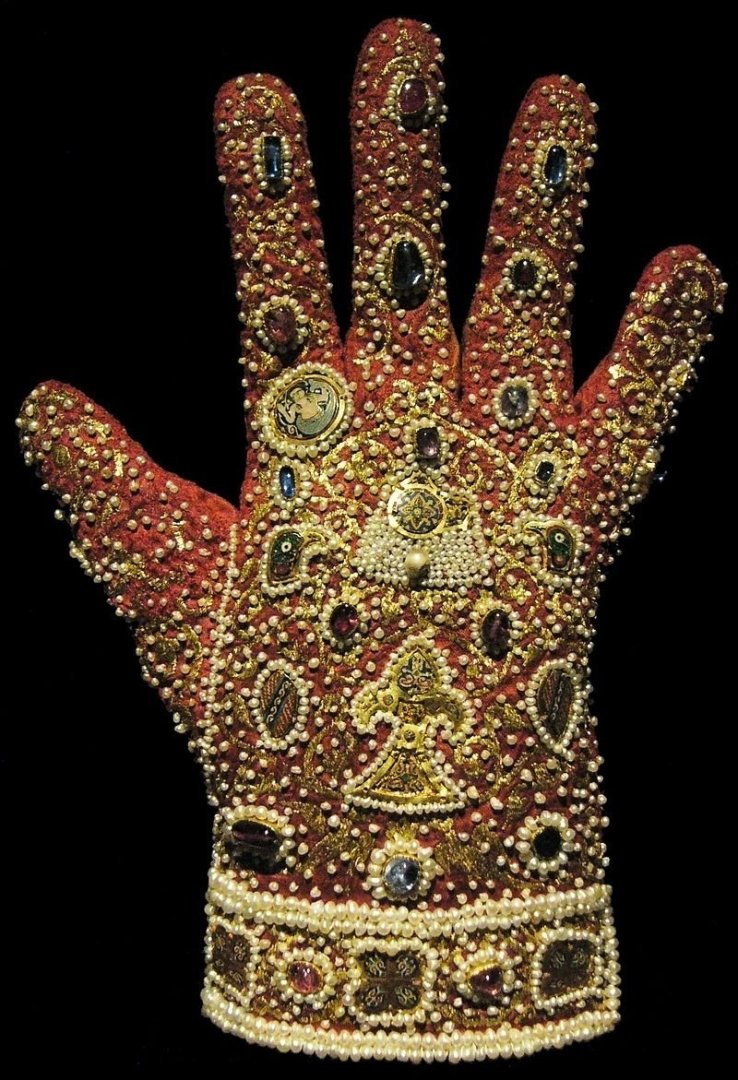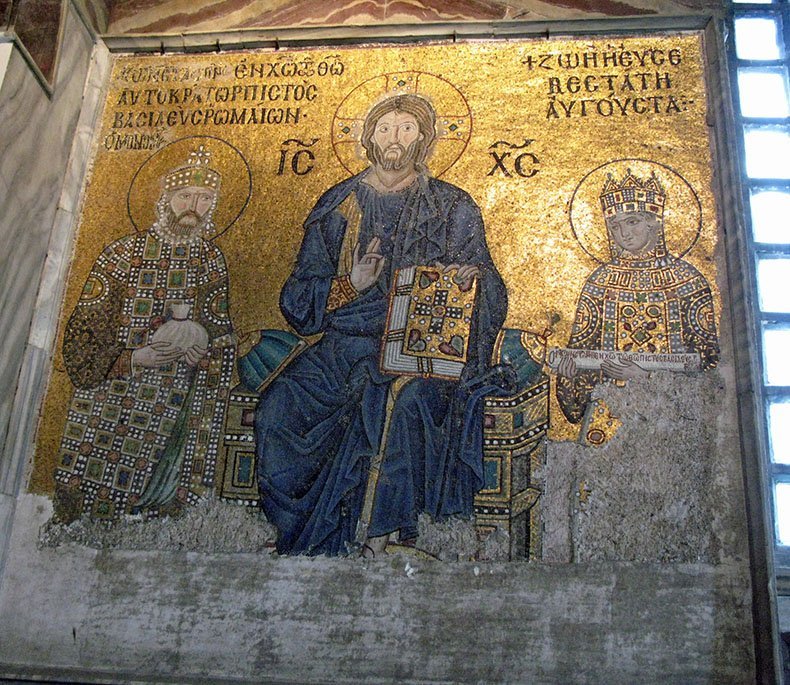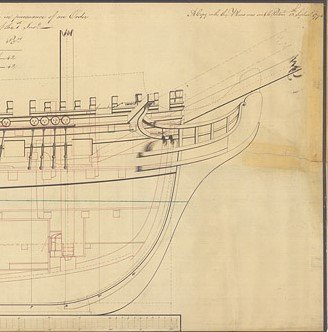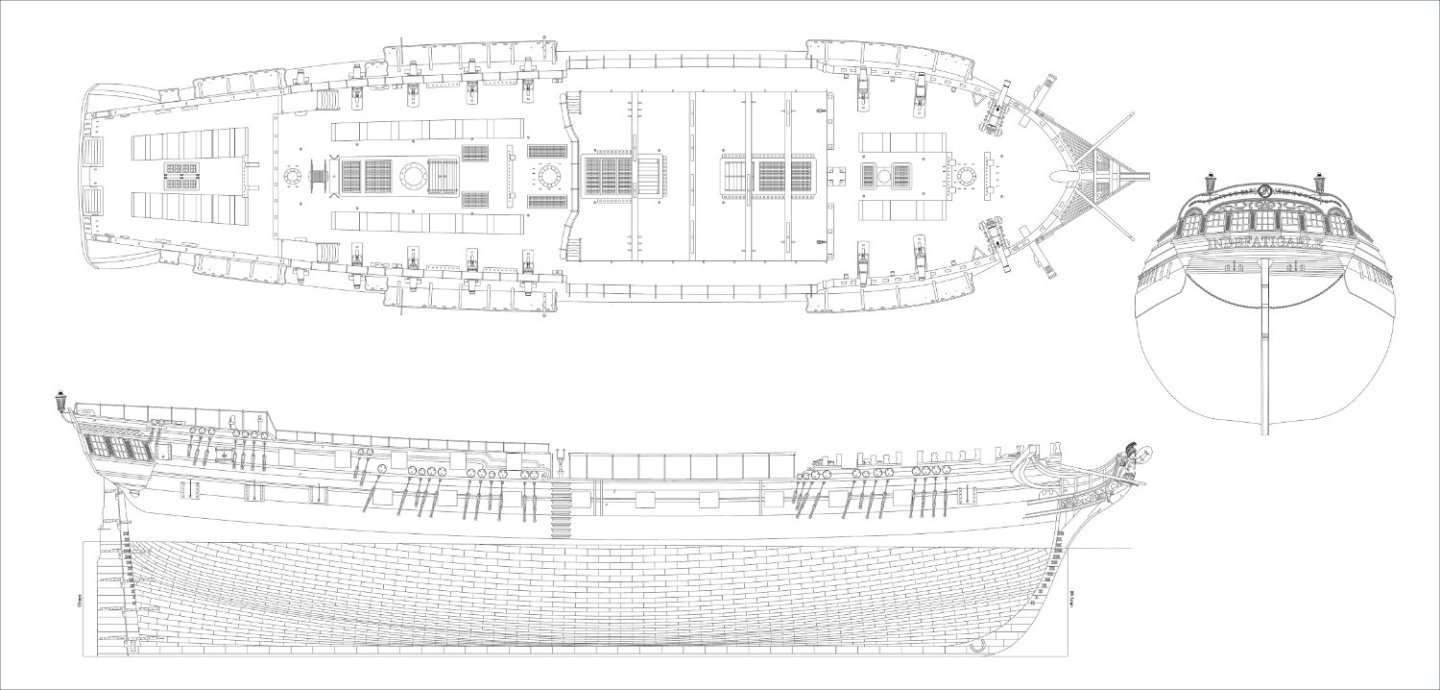-
Posts
8,149 -
Joined
-
Last visited
Content Type
Profiles
Forums
Gallery
Events
Everything posted by allanyed
-
Going back a step, the idea of pearls is not too far fetched, regarding clothing in the Byzantine period, but how this would relate to the loops, ???? Two really good examples are below. Perhaps they do depict strings of pearls or gems.
- 508 replies
-
While painting on paper has been my go to, that is really an interesting tidbit Greg. Practically speaking I find it far easier to do, and I like it even better knowing it had been done on the beautiful models we see at Preble, RMG, et al. To both you and Druxey, do you have any thoughts based on your experience as to which paper you like to use best? I have gone to using silk span rather than stiffer paper but it is just a matter of my own preference with no scientific reasoning behind it. Thanks Allan
- 1,129 replies
-
I agree with you that scraping is a great way to even things out compared to just sanding. Birdseye, there is a great little article on scraping and sanding at https://thewoodwhisperer.com/articles/sanding-vs-scraping/ Allan
- 648 replies
-
- Indefatigable
- Vanguard Models
-
(and 1 more)
Tagged with:
-
When using tape to mark a line on wood, it is not so easy to keep some leakage or feathering from occurring. Sometimes it is a good idea to apply the tape then paint a seal along the edge with an appropriate clear coat. Once dry it seals the edge, then paint as normal. It usually saves a lot of touching up. Allan
- 233 replies
-
- Indefatigable
- Vanguard Models
-
(and 1 more)
Tagged with:
-
HI Dave Looks like it is too late for this project, but for the future you might want to try printing the plans on sheets of label paper, then you can cut out the pieces, peel off the back, and stick on the wood. MUCH easier than cementing paper to wood. If you only have preprinted paper plans rather than plans on your computer, a flash drive or similar device, the paper version can be scanned on most home printers then printed on the label paper. Allan
-

Looking for pre-made sails for Mamoli Britannia
allanyed replied to MOURADATOR's topic in Wood ship model kits
There is a great little book by David Antscherl from SeaWatch Books for $5 on how to make realistic sails using silkspan. https://seawatchbooks.com/products/swan-iv-sail-making-supplement-from-the-revised-and-expanded-edition-by-david-antscherl Allan -

New here: Anyone recognize these models?
allanyed replied to Patrick P's topic in New member Introductions
I may be totally incorrect about your particular pieces but they look like mass produced decorator models, many of which are made in Asia. https://gonautical.com/america-s-cup-sailboat-models/2484-1930-s-shamrock-v-america-s-cup-j-class-sailboat-model-large-open-hull.html and https://www.everythingnautical.com/shamrock-open-hull-model-ship-46-optional-personalized-plaque/ for examples. If you contact these suppliers they may be able to give you more details on location of the factory where they are made. Yours look to be much nicer than many of the old European decorator pieces made in the mid 20th century that we see posted here at MSW pretty often. Allan -
Another great day on learning something new. THANK YOU Chris, much appreciated. Allan
- 233 replies
-
- Indefatigable
- Vanguard Models
-
(and 1 more)
Tagged with:
-
Your model continues to show exemplary workmanship. Well done.😀 A question, hope that is ok as this is a new one for me. It is in regards to the item marked with a question mark on the photo below. Neither the 1784 64 gun version nor the 1794 plans of the razeed 44 gun design show this nor have I ever seen this on any contemporary drawing or model. Do you know what it is called and the purpose of this piece? Thanks ECK Allan
- 233 replies
-
- Indefatigable
- Vanguard Models
-
(and 1 more)
Tagged with:
-
It is always good to cross reference contemporary based information with any modern instructions. If this is Greyhound 1720 the guns at the time she was launched would be Borgard pattern with the George I cypher but I am curious to know which pattern they included in the kit. With your 3D printing skills, making your own of the appropriate pattern should be doable as the STL drawings are readily available. Allan
-

Degradation of lead and Britannia fittings
allanyed replied to John Allen's topic in Metal Work, Soldering and Metal Fittings
Bonjour Moura, You should start a post in the plans section here at MSW as you are looking for plans for the Mamoli model Brittania, not the metal called britannia. More members will see your post there than here. https://modelshipworld.com/forum/13-discussions-for-ships-plans-and-project-research-general-research-on-specific-vessels-and-ship-types/ Did you contact the owner at Mamoli to get a set of plans? With the fire seven years ago, most everything was lost but Daniel Dusek is a member here and you can PM him to see if there are still any plans. https://modelshipworld.com/topic/13542-mamoli-model-kits-are-back/ Allan -
Welcome to MSW Antonio. You officially have over 43,000 new friends and helpers. Allan
-

Help with these clamps
allanyed replied to Some Idea's topic in Modeling tools and Workshop Equipment
Even more useful may be the home made mini wooden carpenter clamps that Ed Tosti describes here at MSW as well as in his books on the Naiad. https://modelshipworld.com/topic/232-hms-naiad-by-edt-160-frigate-38-1797-finished/#comment-2879 Post #19. I believe there is information somewhere by others as well on how to make them, including https://modelshipworld.com/topic/32386-hms-winchelsea-by-tedrobinson2000-148/#comment-929601 post #14. They are easy to make in any size. Allan -

Trouble with scuppers
allanyed replied to wmherbert's topic in Building, Framing, Planking and plating a ships hull and deck
Hi Bill Never heard of scubbers, are you sure these are not scuppers (holes that are often lined with metal such as lead from which water drains)? Painting occurred after they were installed so I would imagine that whatever the paint color was on the hull would have covered the scupper flanges as well. What vessel? Allan -

New here: Anyone recognize these models?
allanyed replied to Patrick P's topic in New member Introductions
Hi Patrick, The first one resembles an older J class or similar racing yacht. I may be way off base on this, but I am sure there are members here that can give better information.. The second one is identified as the Bluenose, but if you do some research on her you will see the overall shape, deck housings and furniture look different than the actual Bluenose. Still, both look to be rather nice decorator pieces for your home. You may want to consider putting them in cases to keep off the dust and keep them away from any direct sunlight if you want them to last. Allan -
Why not use any of a number of great wood glues? There has been a good bit of discussion here at MSW in recent weeks on the virtues of various glues, but contact cement does not seem to have any advantages for ship modeling, even if it is suggested by at least one kit manufacturer. Of course it is your choice in the end, but consider reading the many posts about the plusses and minuses of various glues before getting "stuck" with one that does not work for you. Allan
-
I agree! Too many times we see models with the garboard running much too far forward and up onto the stem area. Allan
- 144 replies
-
- HMS Speedy
- Vanguard Models
-
(and 1 more)
Tagged with:
-
Super welcome to MSW. NICE MODEL.😀 Allan
-
I wish I could find a source as complete as McMaster Carr, but at a little better price. Looking at other suppliers such as DBW, which they claim are all US and/or German made bits, the prices are even higher so MC may be the best way to go. Any sources you or anyone else can share would be appreciated. Allan
-
I like how you secured the waist rail in place for the full run first rather than trying to put individual pieces. For me this is the easier way to get a smooth line the entire length. She is looking great! Allan
- 233 replies
-
- Indefatigable
- Vanguard Models
-
(and 1 more)
Tagged with:
About us
Modelshipworld - Advancing Ship Modeling through Research
SSL Secured
Your security is important for us so this Website is SSL-Secured
NRG Mailing Address
Nautical Research Guild
237 South Lincoln Street
Westmont IL, 60559-1917
Model Ship World ® and the MSW logo are Registered Trademarks, and belong to the Nautical Research Guild (United States Patent and Trademark Office: No. 6,929,264 & No. 6,929,274, registered Dec. 20, 2022)
Helpful Links
About the NRG
If you enjoy building ship models that are historically accurate as well as beautiful, then The Nautical Research Guild (NRG) is just right for you.
The Guild is a non-profit educational organization whose mission is to “Advance Ship Modeling Through Research”. We provide support to our members in their efforts to raise the quality of their model ships.
The Nautical Research Guild has published our world-renowned quarterly magazine, The Nautical Research Journal, since 1955. The pages of the Journal are full of articles by accomplished ship modelers who show you how they create those exquisite details on their models, and by maritime historians who show you the correct details to build. The Journal is available in both print and digital editions. Go to the NRG web site (www.thenrg.org) to download a complimentary digital copy of the Journal. The NRG also publishes plan sets, books and compilations of back issues of the Journal and the former Ships in Scale and Model Ship Builder magazines.







